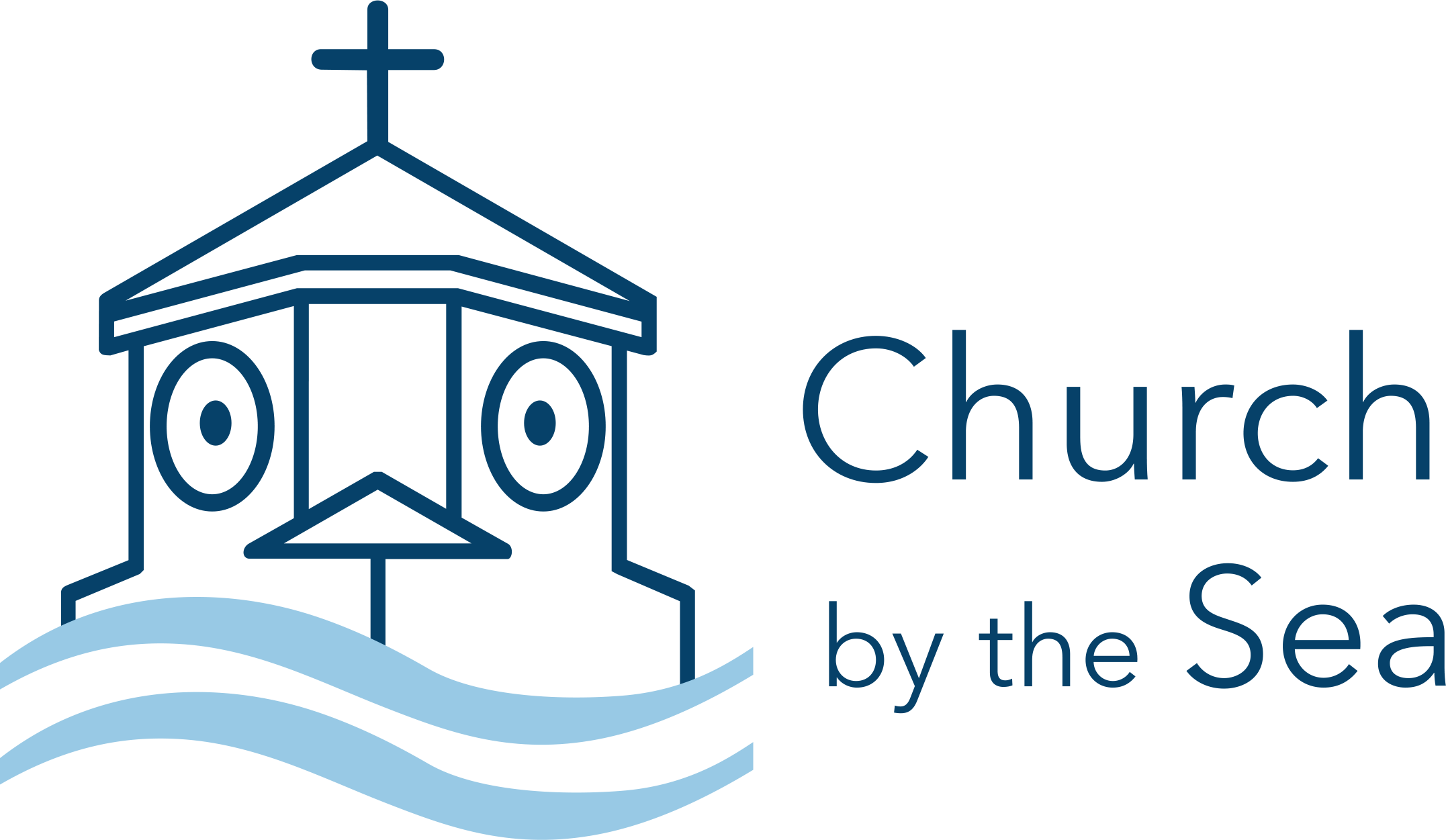Rev. Philip H. Ralph, a retired Congregational minister, came to St. Petersburg to spend the winter of 1943-1944. An acquaintance called his attention to the need for some kind of religious service on the Gulf Beaches. Mr. Ralph agreed to undertake a survey of local residents and visitors. When he found how great the opportunity was, he moved to the beaches and gave his whole time to planting a new church.
Previous to 1944, there was no Protestant church on the beaches with the exception of the one at the extreme south end of Pass-a-Grille. In February of that year, following a careful survey, they began worship services in the Fishermen’s Union hall.
This building, situated just south of John’s Pass, had been built for a retail store. A small salesroom occupied the front of the building, and the storeroom in the back was turned into a meeting room. It was equipped with some benches without backs and a few chairs. When it rained, people would have to move to avoid the water that dripped through the defective roof. More used chairs and an old piano were brought from a discontinued mission in Tampa.
It was there, on the first Sunday of February, 1944, about 20 adults came for a church service, bringing with them about the same number of children for Sunday School. The next Sunday, attendance more than doubled, and it was not long before the room was so crowded that some of the classes would meet out-of-doors, weather permitting.
Many who attended these services were tourists. While the need of the tourists was recognized, and their help in the church was greatly appreciated, no attempt was made to organize into an official church until the tourists had left for the summer. They knew that the ultimate success of the church would depend on the permanent residents of the community.
